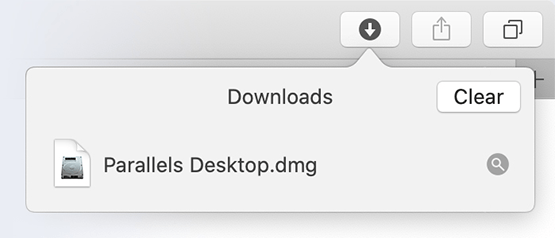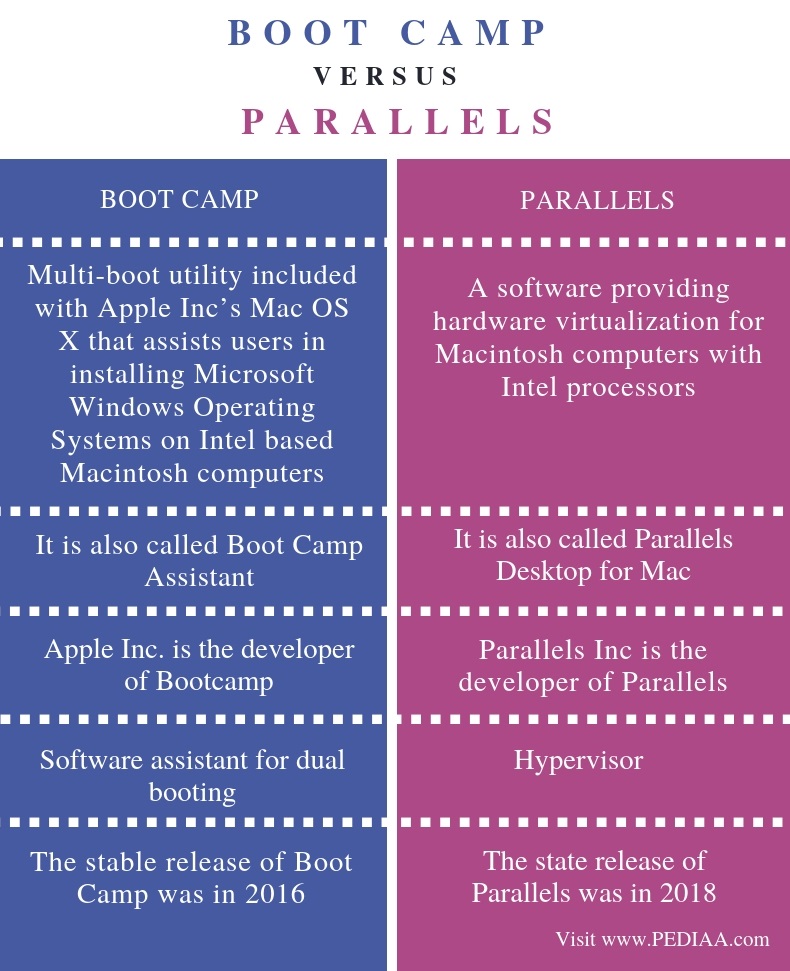
Meeting the private-label challenge requires the same consideration a company would give to any other competitor.Īlthough we agree that many national brands are under pressure-especially from the number three brand on down in each product category-we strongly believe that the private-label challenge must be kept in perspective. Wall Street analysts interpreted the price cut as the death knell of brands Philip Morris’s stock lost $14 billion of its value and the stocks of the top 25 consumer packaged-goods companies collectively lost $50 billion in value. Consider what happened in the week following Philip Morris’s announcement in April 1993 that it was going to cut the price of Marlboro cigarettes. Reactions to private-label success can have major repercussions. Today the private label accounts for 65 % of total cola sales through Sainsbury’s and for 15 % of the U.K.

Sainsbury supermarkets in the United Kingdom? Classic Cola was launched in April 1994 at a price 28 % lower than Coca-Cola’s. What manager wouldn’t worry when faced with the success story of Classic Cola, a private label made by Cott Corporation for J. Examples of big-name brand manufacturers under pressure from private labels and generics aren’t reassuring. It is difficult for managers to look at a competitive threat objectively and in a long-term context when day-to-day performance is suffering. manufacturers of branded consumer packaged goods make private-label goods as well. In fact, in large part, they can control it: More than 50 % of U.S. Second, manufacturers of brand-name products can temper the challenge posed by private-label goods. In the depth of the 1981–1982 recession, it peaked at 17 % of sales in 1994, when private labels received great media attention, it was more than two percentage points lower at 14.8 %. Over the past 20 years, private-label market share has averaged 14 % of U.S.

That is, private-label market share generally goes up when the economy is suffering and down in stronger economic periods. But on the other hand, many manufacturers have overreacted to the threat posed by private labels without fully recognizing two salient points.įirst, private-label strength generally varies with economic conditions. And they are collectively second or third in 100 of those categories. Collectively, private labels in the United States command higher unit shares than the strongest national brand in 77 of 250 supermarket product categories. On one hand, manufacturers are right to be concerned: There are more private labels-“store-brand” goods-on the market than ever before. In a nutshell, that describes how manufacturers of brand-name products react to competition from private labels. You know the old joke: Just because you’re paranoid doesn’t mean they’re not out to get you.


 0 kommentar(er)
0 kommentar(er)
